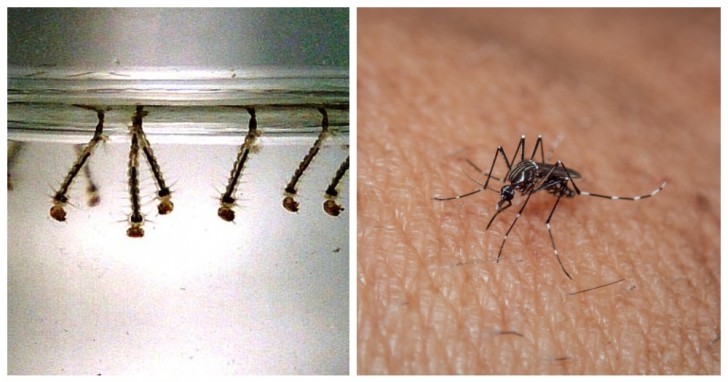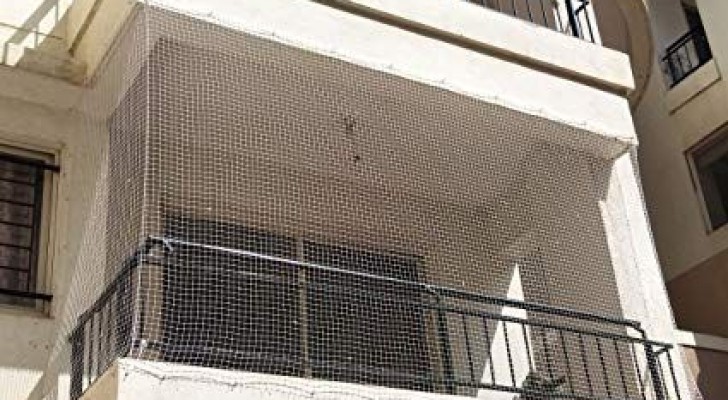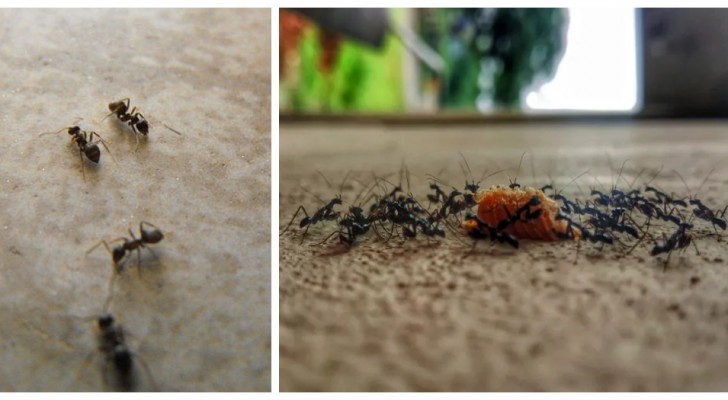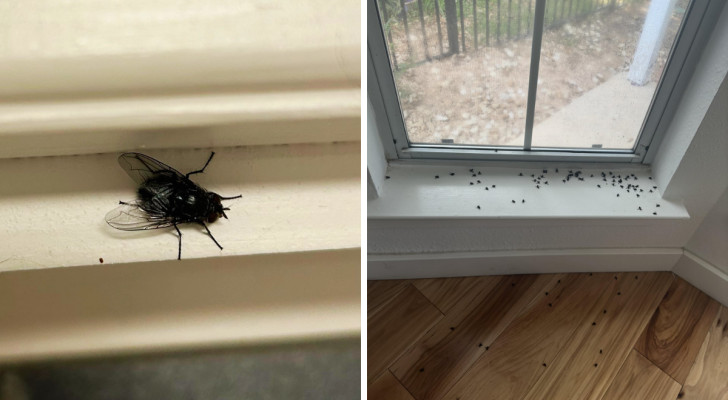Ovitrap for mosquitoes: you can build one using a sock and very little else

The rise in temperature accompanying the arrival of summer, always brings with it the assault of mosquitoes - insects that, in addition to being annoying, can also become vehicles for various diseases that are harmful to us humans and to our four-legged friends. So, in spring and summer we arm ourselves with repellents and various systems to combat the arrival of mosquitoes in our home or in the garden - even if a solution that can truly be said to be 100% effective is rarely found.
However, there is a type of trap that many find more effective than others. This trap is called an "ovitrappola" (or "ovitrap", in English). This contraption is designed to trap the mosquito larvae born from the eggs deposited by these insects, so that their proliferation in our homes is kept under control.

How does it work?
The ovitraps that are found in shops are dark containers full of water that replicate the natural conditions of the environments chosen by mosquitoes to breed.
When the female lays her eggs on the edge of these containers - which are covered by a tightly meshed (fine guage) net - the larvae fall through the mesh of the net, ending up in the water. Those that survive, when fully grown, will have reached such size that they cannot pass back through the net, thus remaining trapped inside.
This type of trap can also be built using everyday objects that we usually have at home. In fact, all we need is:
- A plastic container, such as a large yogurt pot (which has been perfectly cleaned)
- A long black sock
- Some wire (made of iron or some other metal)
- Something to make holes in the plastic (a drill or a soldering iron will do)
- A fine guage metal mesh (maybe just a piece of mosquito netting)
- Glue
How a DIY ovitrap is made:
- Make a couple of small holes just below the top of the container - these will be used to insert the handle into which you make with the wire.
- Immediately under those holes, make two more larger ones, which will serve to drain off excess water, so that it never reaches the level of the net.
- Take some glue and apply it to the inner bottom of the container.
- Glue the toe of the sock to the glue and wait for it to set properly.
- When the glue has dried, make sure that the remainder of the sock comes out of the container and also covers the outside: the whole container must be covered by the black sock. Then secure the sock with glue on the outside.
- Cut out a piece of wire mesh that is as large as the opening in the container at the top. Place this mesh cover so that it gets held under the holes in which you will insert the metal handle - but above those for drainage of excess water.
- Shape and insert the wire handle, as long as you need (this also depends on where you hang the trap).
- If you have stagnant water (perhaps in some plant saucer which is full of water from a plant in the garden) pour this into the container and all over the sock. Alternatively, you can take fresh water and make it stagnant by adding lawn cuttings, or even some dog food. The smell will not be very pleasant.
The trap should be hung in a spot sheltered from the sun and wind: the best places are in the shade of trees and shrubs. Left in the open, it will get topped up with rainwater, but if this is not the case, you will have to top up the water when the sock dries out.
Have you ever tried a similar trap to combat mosquitoes?





